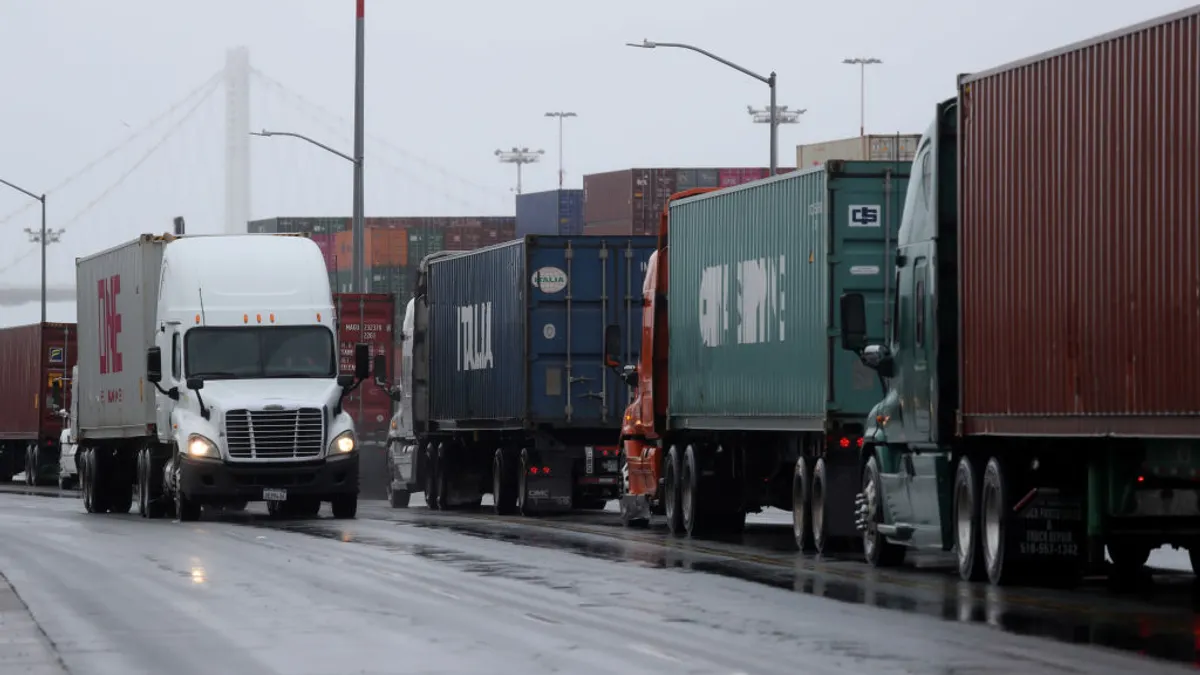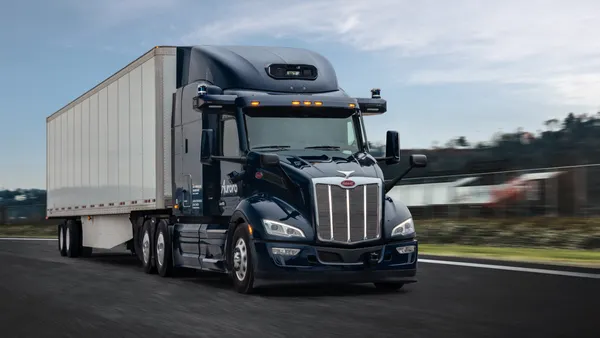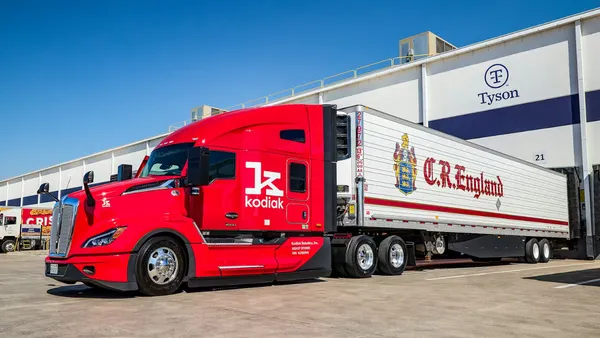As global fuel prices continue to rise, small truck carriers — those with less than 100 trucks — are struggling to afford the higher diesel costs. With average fuel prices shooting past $5 a gallon in recent weeks, a 250-gallon truck can now cost more than $1,000 to fill, up from a typical price of roughly $800.
"We run about 50 trucks," Jerry Critchfield, Weber Logistics Vice President of Transportation, told Transport Dive. “Larger carriers can mitigate the fuel increases, but for smaller companies with less cash flow, it’s very difficult. For those companies with fewer than five trucks, this can run them out of business.”
For those smaller carriers looking to stay financially afloat amid the soaring prices, there are a variety of operational and technical mitigation strategies that could help.
"For those companies with fewer than five trucks, this can run them out of business."

Jerry Critchfield
Vice President of Transportation, Weber Logistics
Most small carriers have no choice but to pass along rising fuel costs to their customers, Critchfield said. "But that’s still 60 to 90 days before we can recoup those expenses, and we still have weekly bills," he said.
For carriers that are not in a dedicated contract, like Weber, they can use fuel surcharge tables to calculate price hikes, which add on per mile or as percentage of the invoice, Critchfield said. At Weber, that amounts to a 42% markup.
"If you transfer that back to your customers, you can recover most of your costs," Critchfield said. "But that ends up with the consumer. Add in a higher cost of transportation itself, and you can see where a big part of inflation comes from."
Beyond passing on surcharges, however, there are other steps small carriers can take to help offset costs. One easy approach is to stay on top of tire changes.
"Just like you would with your cars, you need to make sure your tires are at the right pressure and in good shape," Critchfield said. "New tires are more efficient and when you have 18 of them driving long distances, that can add up."
Educating drivers on fuel-efficient driving can help, too.
"Operationally, we find carriers training drivers to be more fuel conscious to ensure they are getting the most miles from each gallon,” said Shaman Ahuja, senior director of product management at Axele TMS. "Simple practices like increasing night driving when temperatures are cooler and there’s less traffic all play a role when it comes to increasing fuel efficiency."
Carriers should also ensure cabs have wind sheers and that trailers have curtains as another way to optimize efficiency. Proper trailer loading is also key, said Tony Nuzio, founder and CEO of ICC Logistics Services.
"Any empty miles are costly," he explained. "If you’ve got a 20,000-lb load from shipper A and a similar size load from shipper B headed to nearby destinations, it’s worthwhile to consolidate."
Nuzio suggests strategically stacking cubes in trailers to maximize available space.
"If you’ve got 30,000 pounds of steel taking up floor space but plenty of air above it, you can add in a lighter load on top of it," said Nuzio. "This is an efficient way to get your loads down the road without added cost."
To be able to take advantage of these strategies, proper software — typically a transportation management system — can help.
A TMS allows users to easily track routes to ensure that once a carrier drops off a load, they have another one behind it, Ahuja said. The live dispatch board helps track driver schedules, giving visibility into which drivers are available and when.
A final component that carriers need to consider during a season of high fuel prices is contract terms. While smaller carriers have less leverage for setting contract terms than their larger counterparts, they can still be strategic to help offset fuel costs.
"I understand why everyone wants to lock in rates," said Nuzio. "But by the same token, you need to leave some flexibility in contracts going forward."
This could look like language that adds a surcharge if fuel spikes a certain percent over a month, Nuzio said. Such language will help small carriers absorb further fuel price spikes.
“You can’t control the prices at the pump," Critchfield said, "and there aren’t that many ways to mitigate the damage, so you have to find all you can to stay in the industry."









